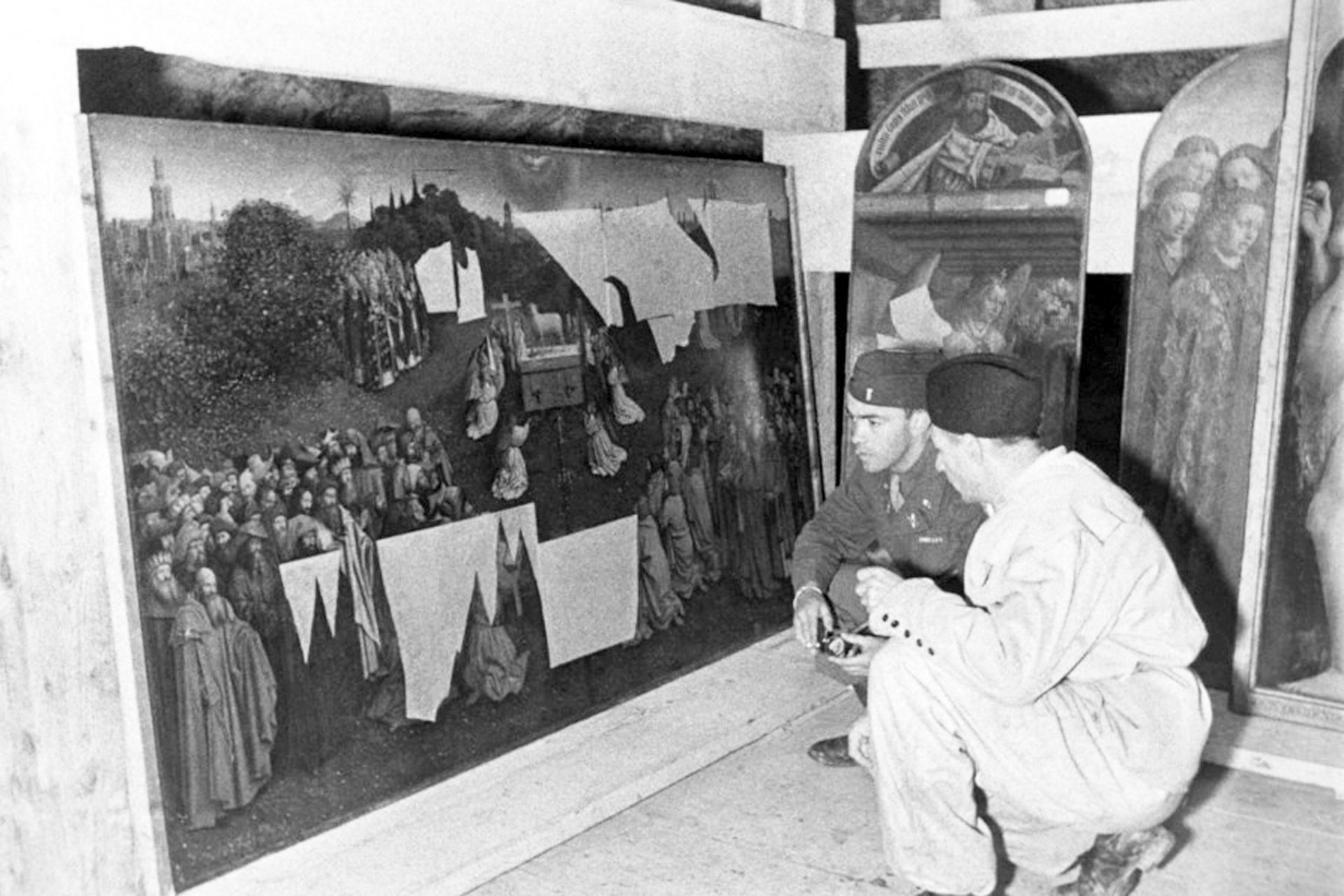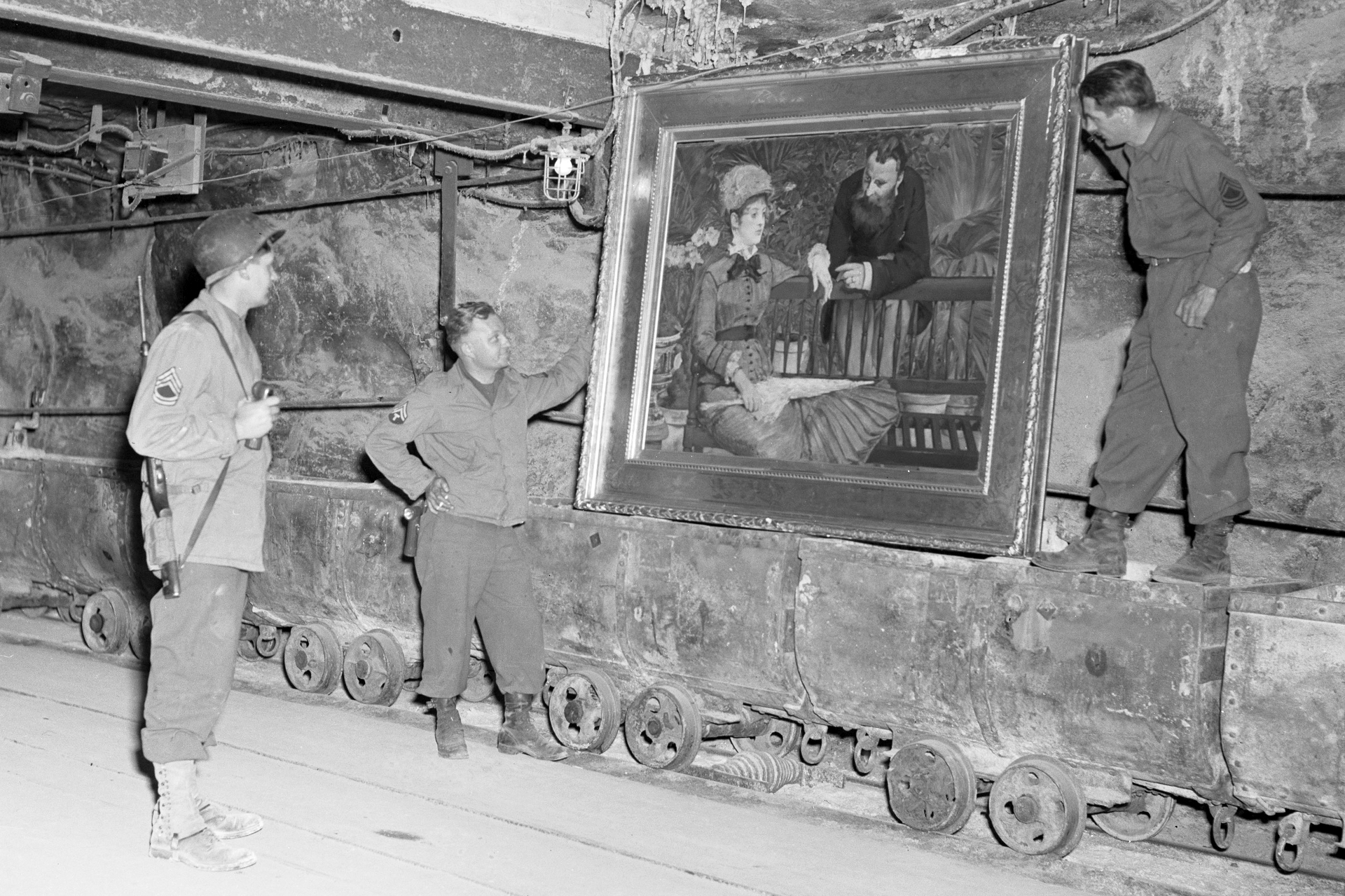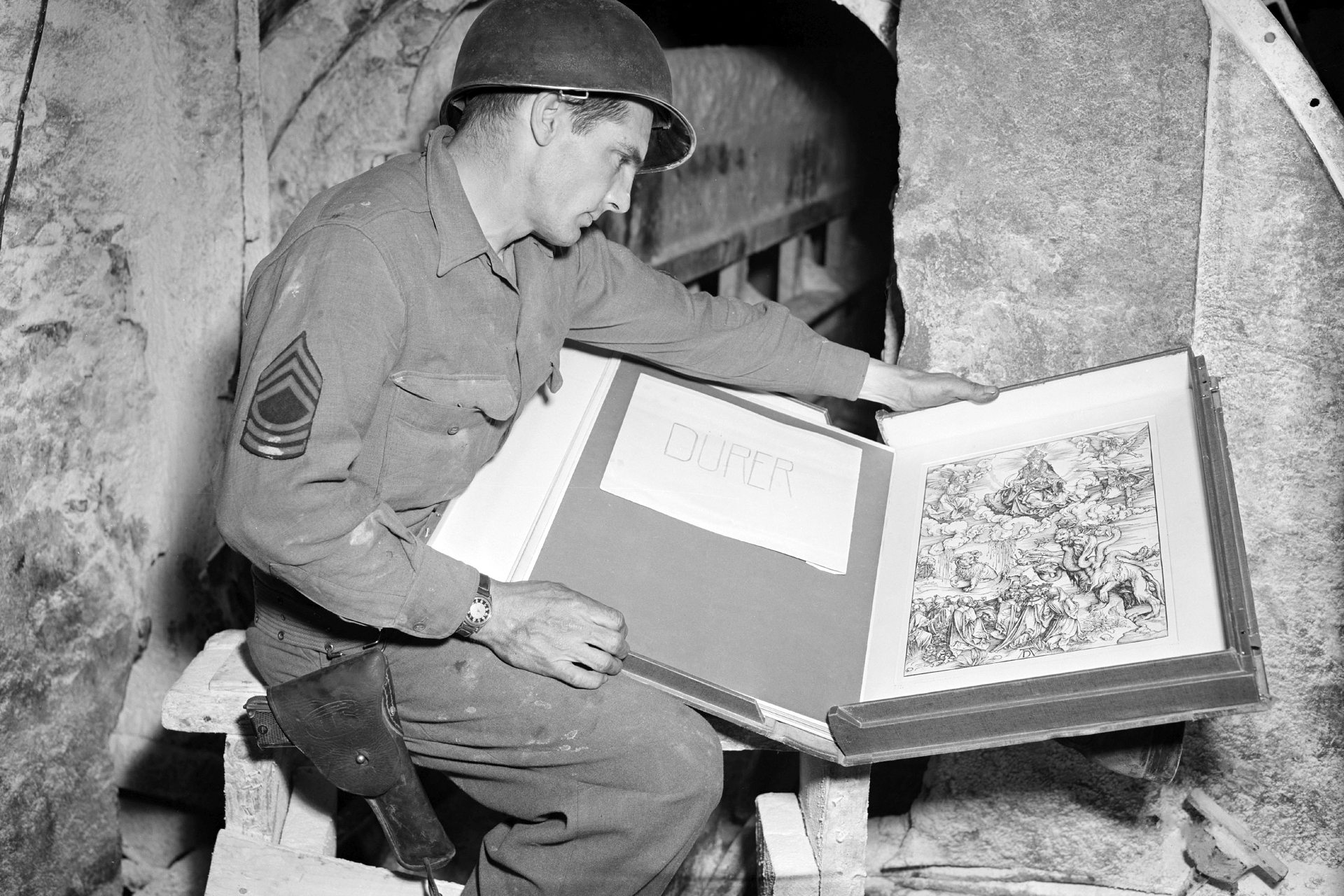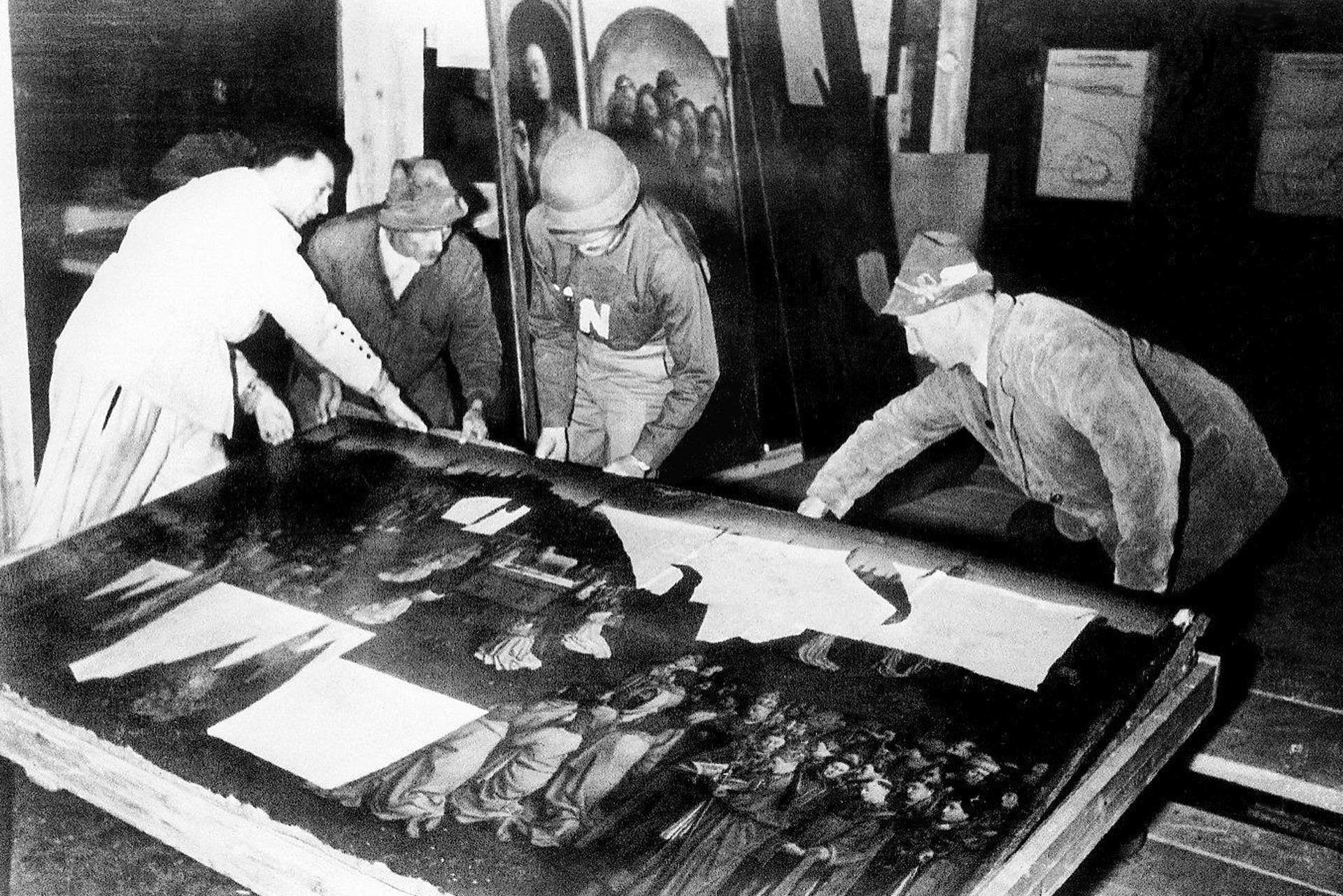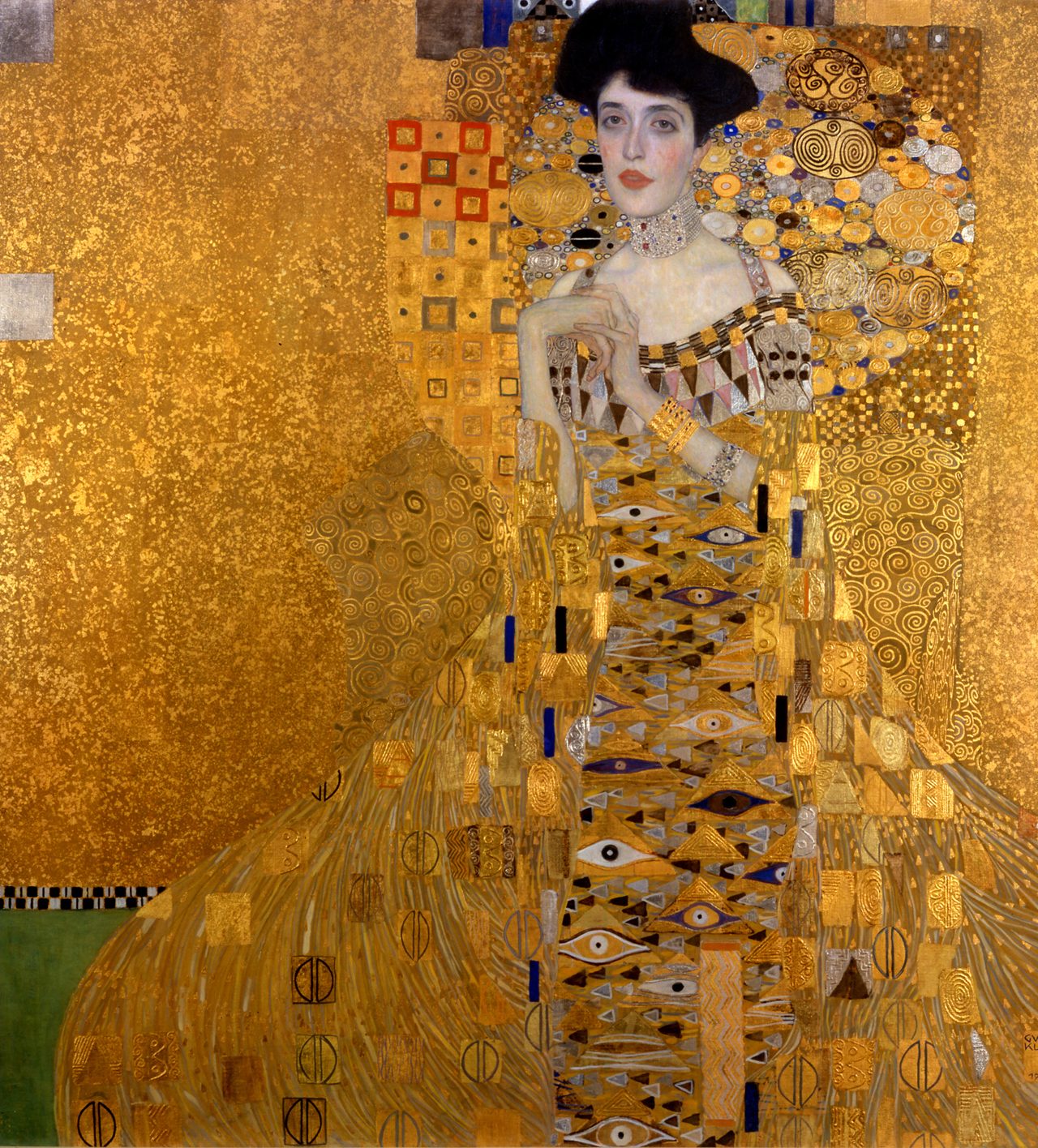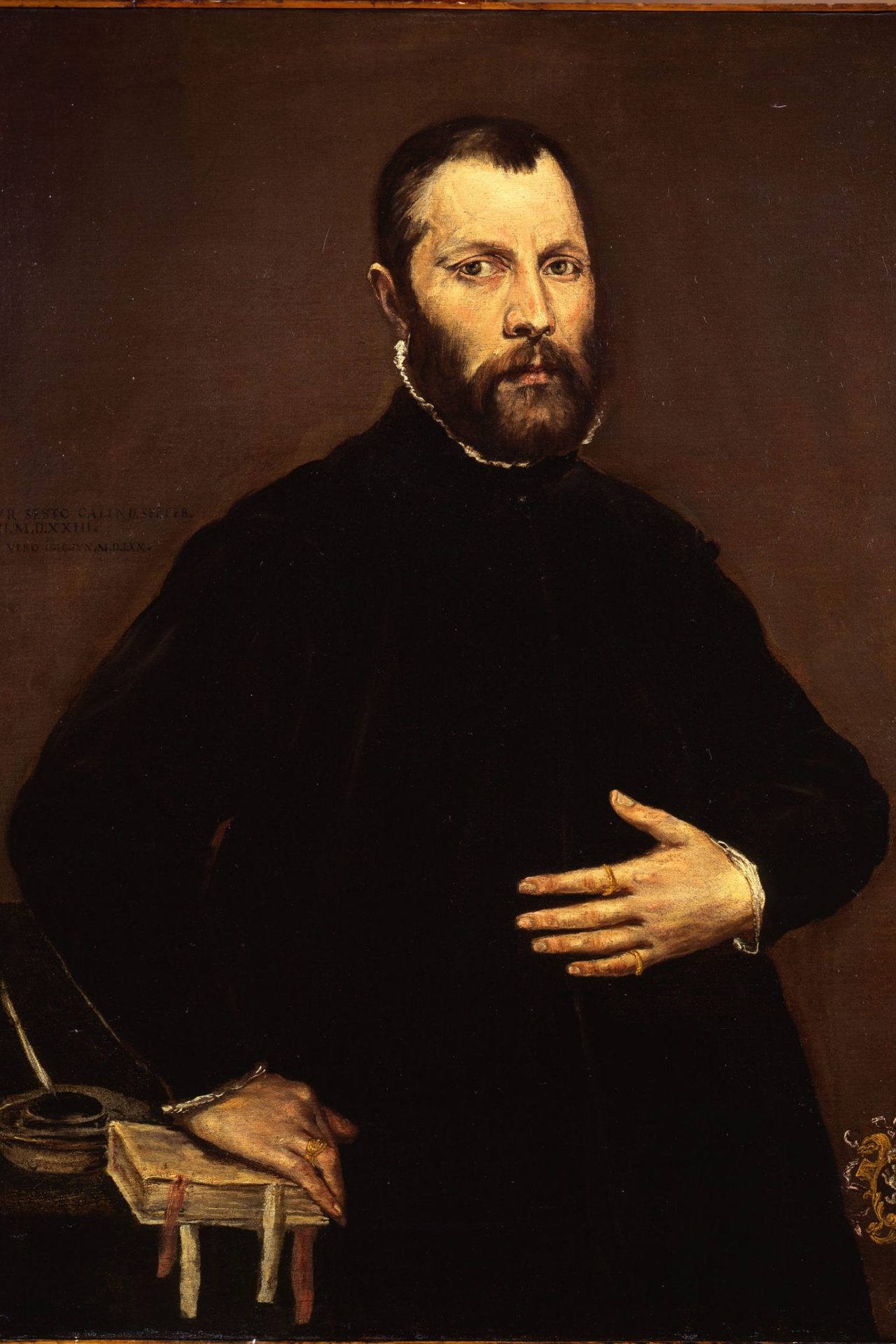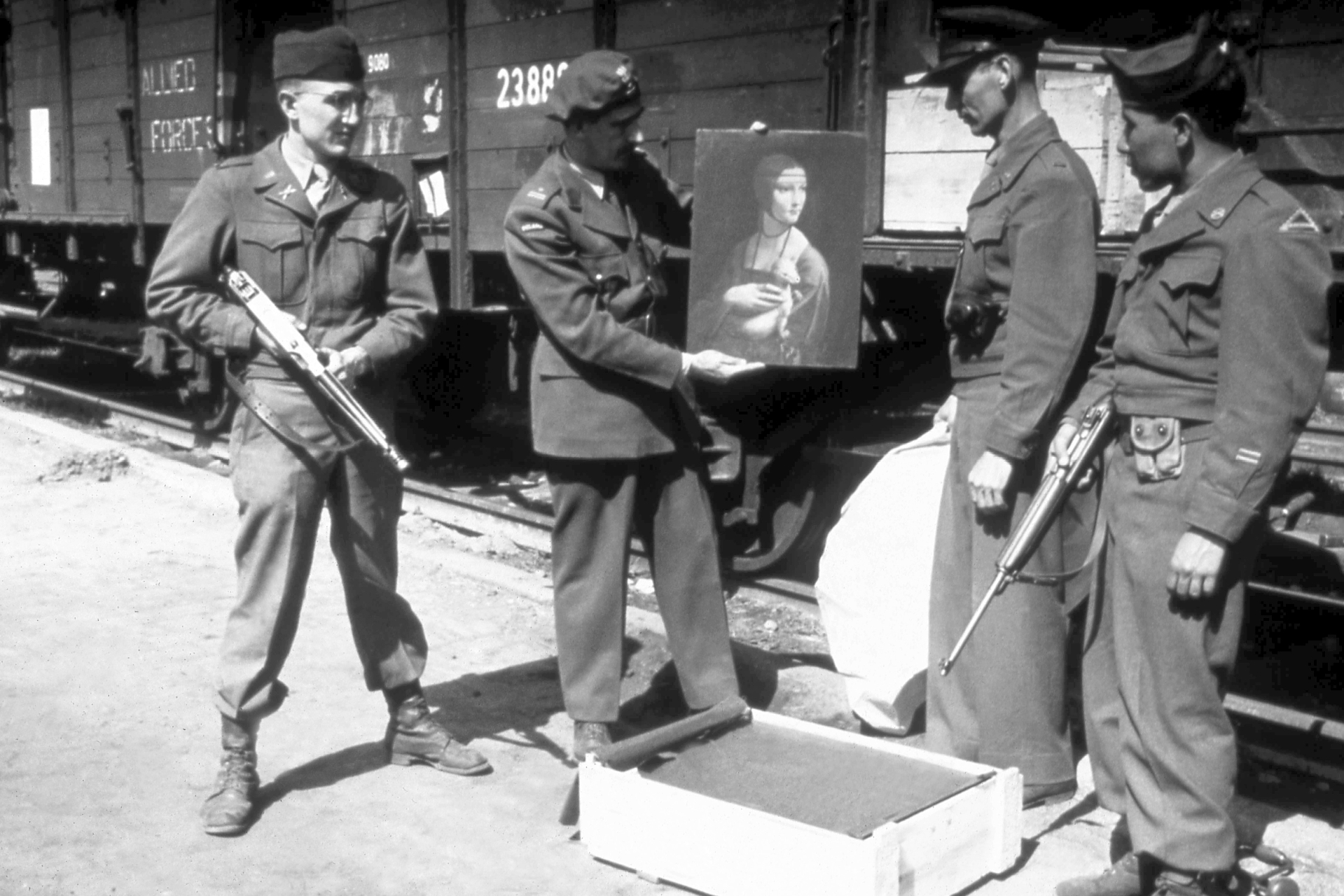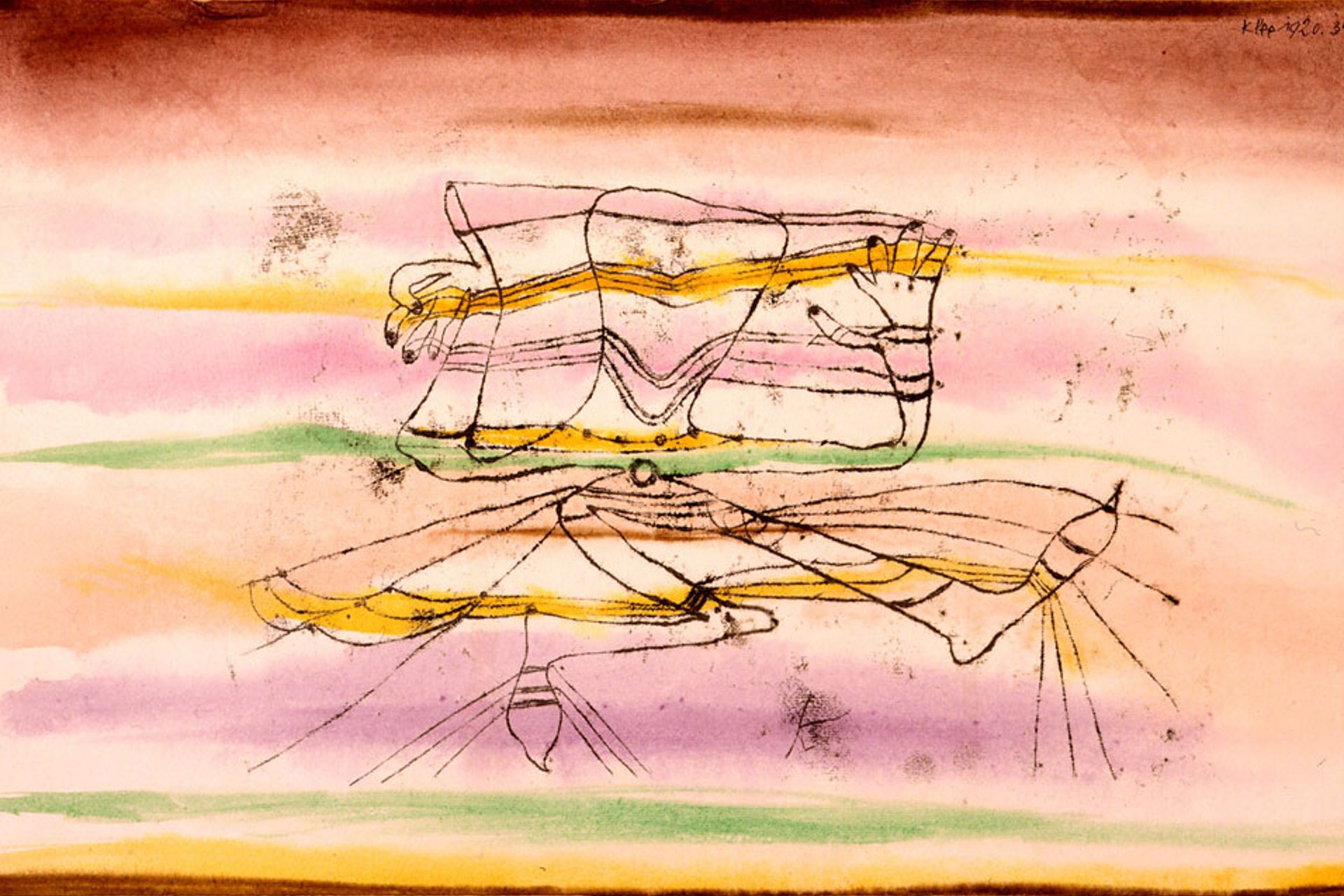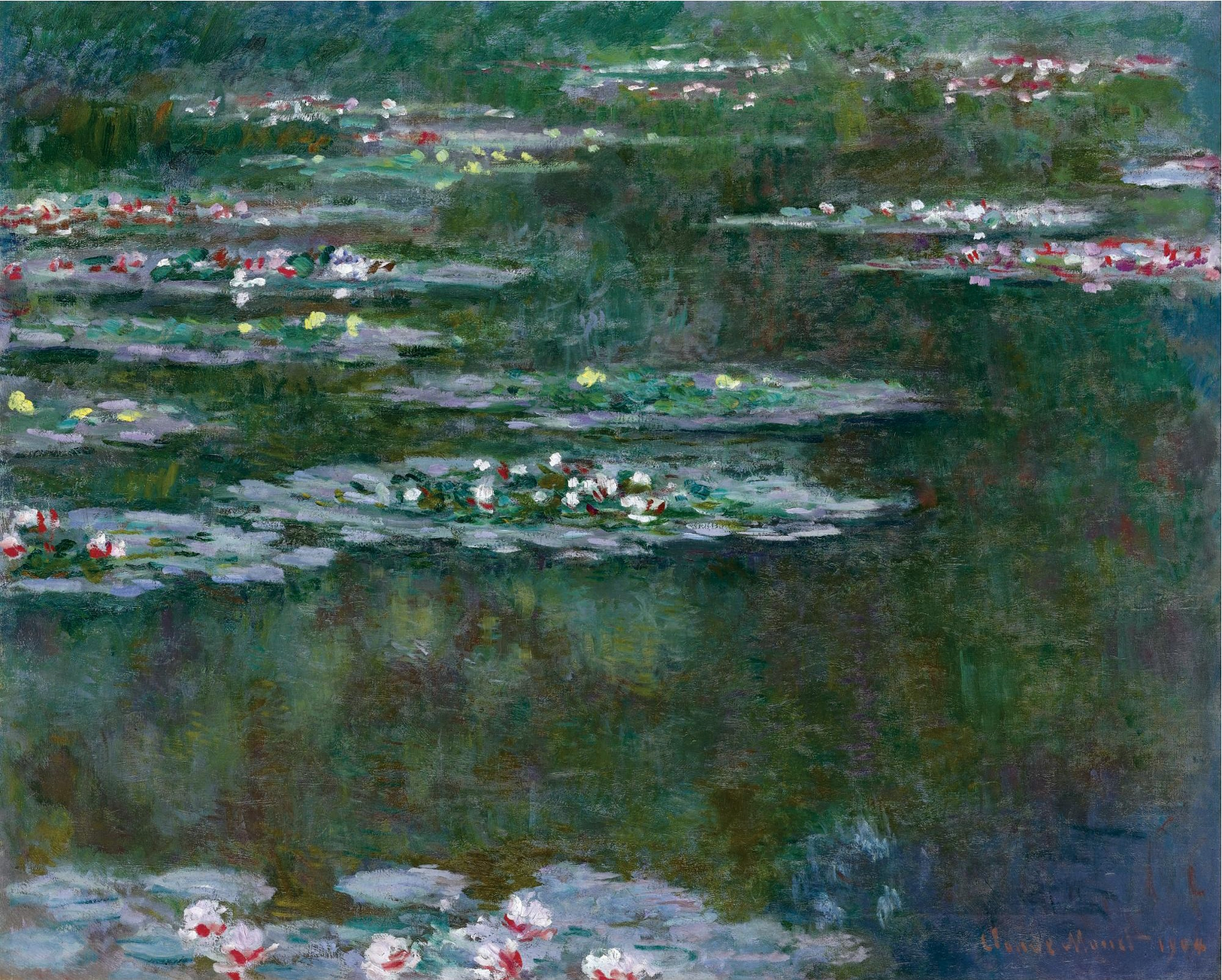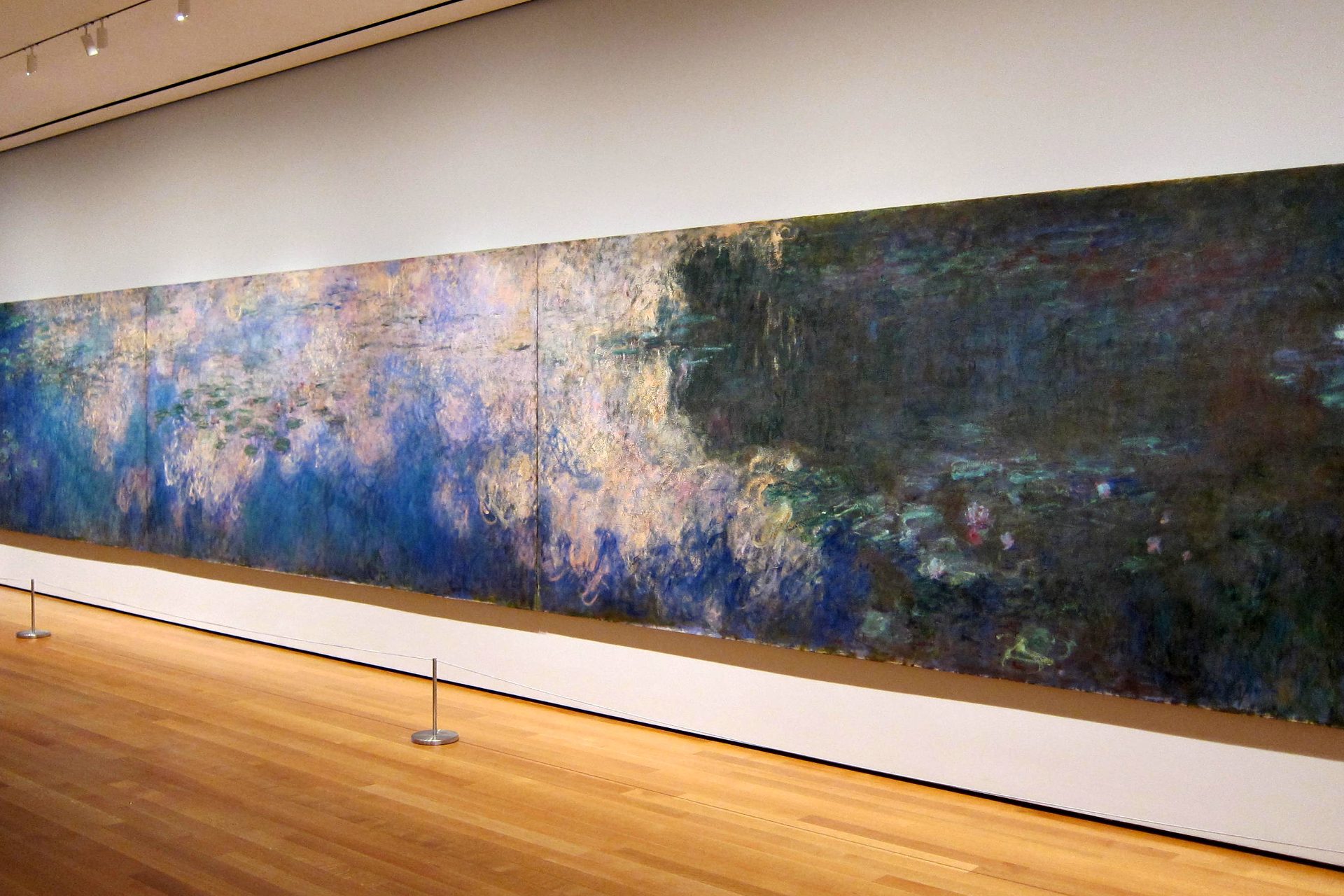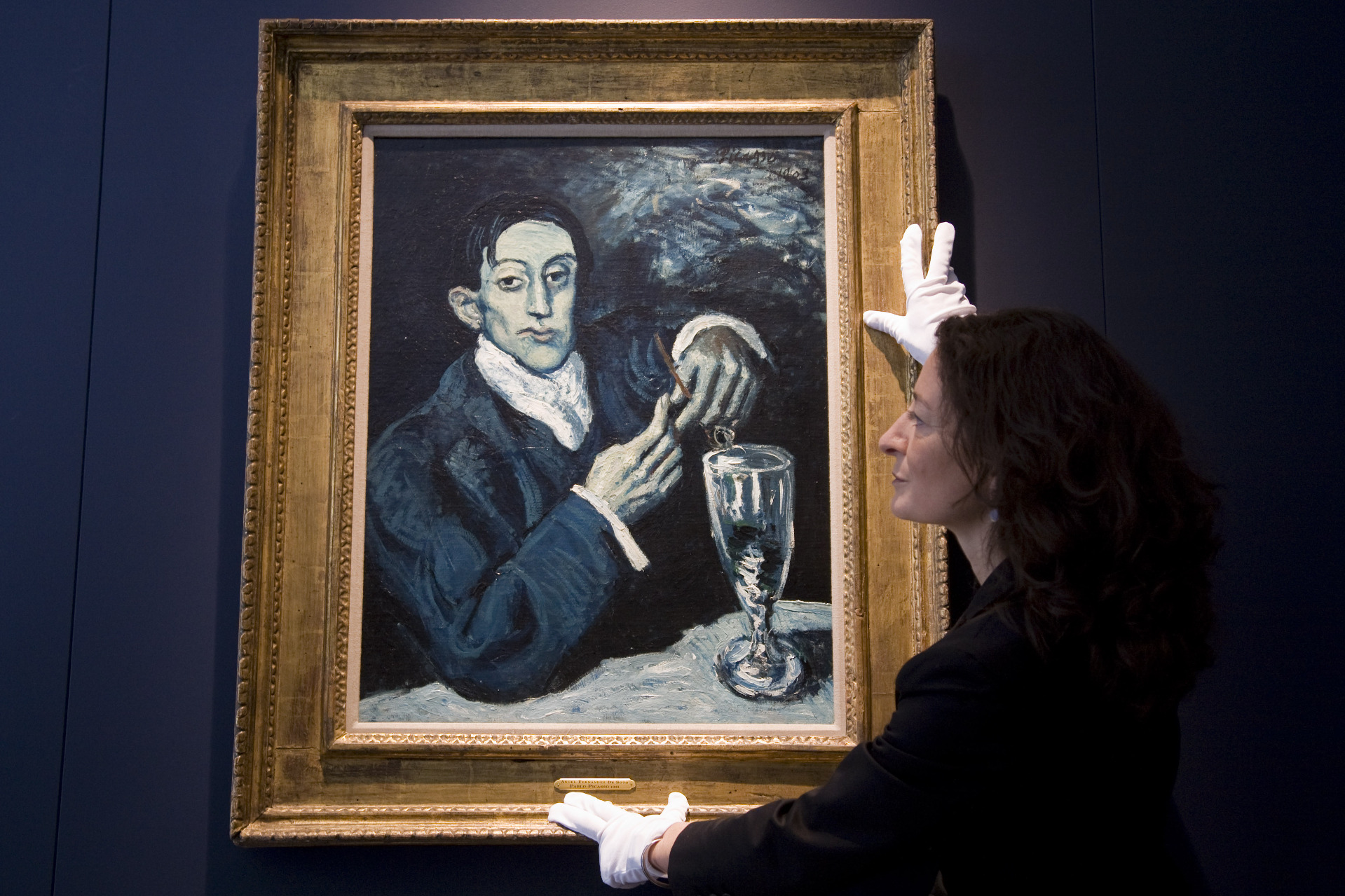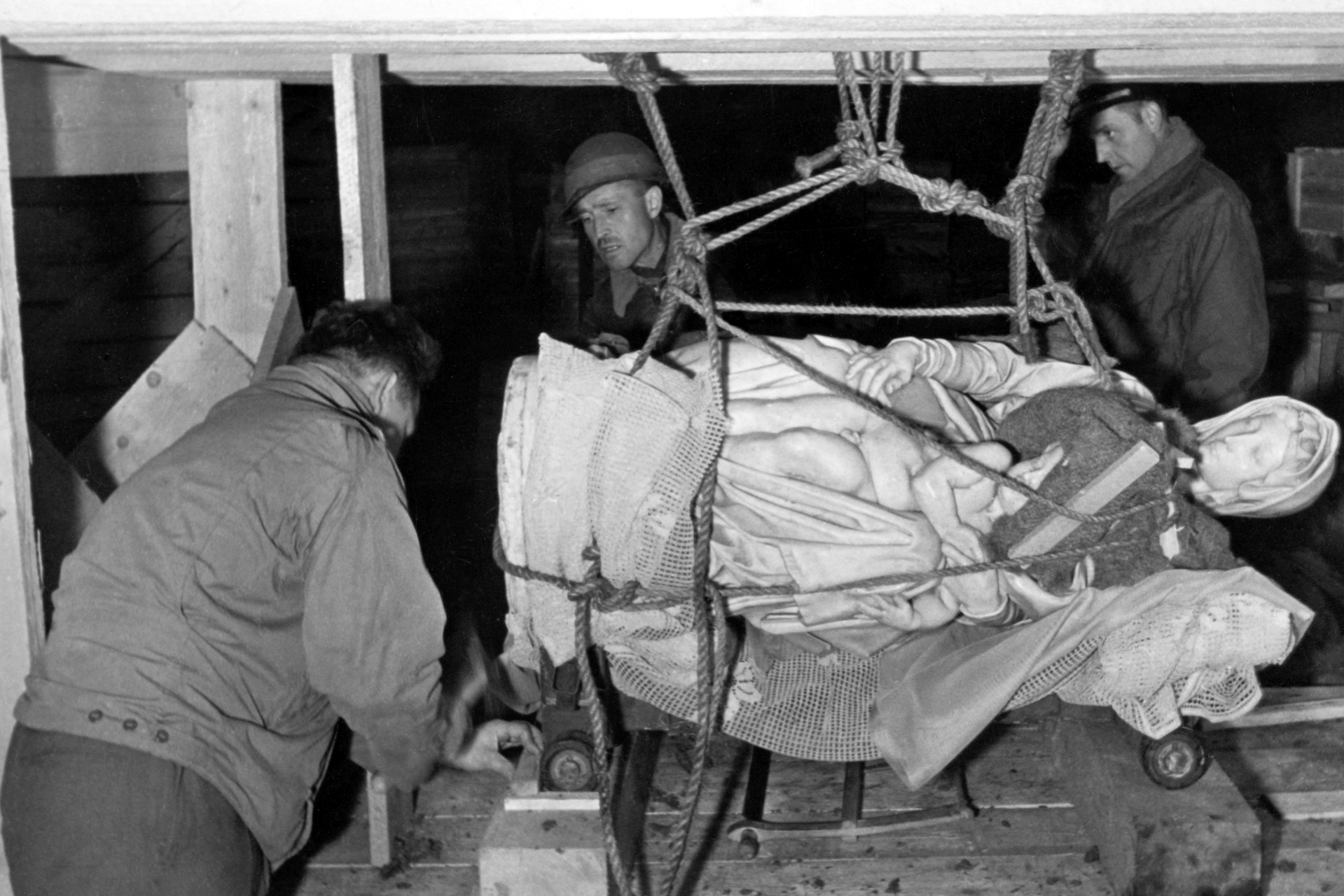These are some of the most prominent restituted Nazi-seized paintings
Economic restraint was one of the ways Nazis pressured the Jewish population of Germany and occupied countries during WWII. Art was a big part of what the regime seized and forced families to sell.
During the war, the Allies created a group popularly called the Monuments Men, which protected European heritage sites from destruction. When it ended, the group started to recover looted artwork.
In 1998, 44 nations signed the Washington Principles. This pact committed them to their best efforts to return the Nazi-looted art to its rightful owners.
Still, many artworks are not in the hands of their original owners or heirs today. Some are displayed in museums or lost in private collections.
Recovering looted art requires an immense effort from heirs as they need to sustain years-long legal battles. Most of them end in a settlement and not with the recovery of the painting, but there are some promising success stories.
The US Supreme Court forced Austrian museum Galerie Belvedere to return the Gustav Klimt painting to Maria Altman after six years of litigation.
Image: Wikimedia Commons / Public Domain
It became one of the most expensive paintings in history. Anonymous sources told The New York Times it sold in 2006 for $135 million. Four other Klimt paintings were also part of the legal battle.
The Commission for Looted Art in Europe returned this historic piece in 2015 to Julius and Camilla Priester's heirs. The prominent Viennese couple survived the war and fought to get their art back until their passing.
Image: Wikimedia Commons / Public Domain
At the end of WWII, Allied troops discovered this painting, looted in Poland, at the Bavarian country home of Hans Frank, the head of the General Government in Nazi-occupied Poland. It was returned to the Princes Czartoryski Collection.
A Jewish organization discovered and delivered this Klee drawing to the Museum of Israel. Decades later, it was returned to the heirs of Harry Fuld, a Jewish telephone maker who fled Nazi persecution in Germany.
Image: Wikimedia Commons / Public Domain
This Van Gogh painting belonged to two persecuted Jewish families at different moments before it was seized by Nazis. Texas businessman Edwin Cox bought it in 1979. The heirs of the three families reached an agreement before selling the painting at a Christie's auction for $35 million.
The French government restored this artwork to the heirs of Paul Rosenberg, a wealthy French-Jewish art dealer and collector. It was seized under Nazi occupation.
Image: Wikimedia Commons / Public Domain
The 1904 painting was one of the many parts of Claude Monet's series Waterlillies. Some of the other parts have sold for over $50 million.
Image: Wikimedia Commons
Heirs recovered four early Picasso paintings the banker Paul von Mendelssohn-Bartholdy was forced to sell during Nazi rule in Germany. Three museums and a foundation in the US restituted the art or paid settlements.
Despite the success with some prominent artworks, there are still many pending lawsuits from Jewish heirs. In 2018, the US stated that five of the 44 signing countries were not making a real effort to return the looted property.
The US accused Hungary, Poland, Russia, Italy, and Spain of being too loose with their commitment. Spain, for example, had denied the restitution of a Camille Pissarro painting from the Thyssen-Bornemisza museum, arguing it is a private institution.
More for you
Top Stories



